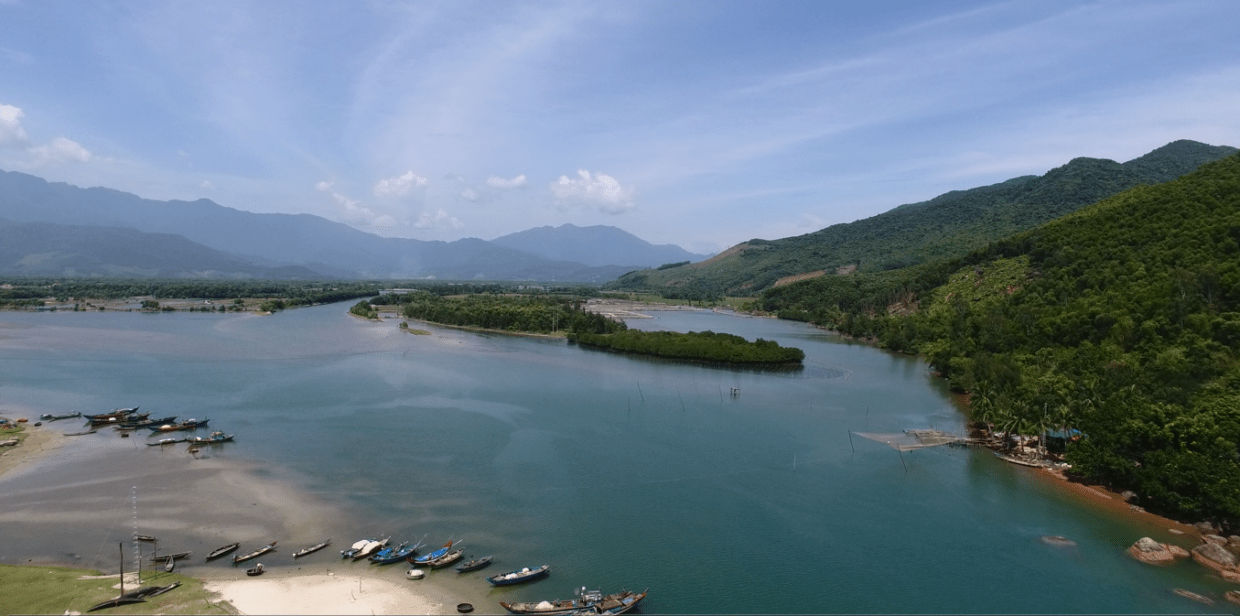Getting a grip on nature’s value in developing countries
To better manage our ecosystems, we must first improve our understanding of their value. Currently this understanding is limited since many ‘services’ that are provided to us by the environment are not reflected in the market. This means that decision-making can be biased, for instance due to incomplete cost-benefit analyses that do not take all environmental impacts into account. In a project in Vietnam, we aimed to estimate the values of two ecosystem restoration activities, with an emphasis on capturing environmental impacts. The two activities were the restoration of mangroves in a coastal lagoon and the restoration of historical urban ponds in a city. Both ecosystems are expected to provide numerous so-called ecosystem services to the surrounding communities, including flood protection, increases in seafood, recreation and tourism opportunities. These benefits are important since it is a flood-prone area with mostly subsistence-based livelihoods.

To estimate the value of these restored ecosystems we need to use stated preference methods. These methods involve interviewing households and asking them to make trade-offs between environmental benefits and financial costs. By observing these trade-offs, we can then identify how people value specific changes in the ecosystem. The inclusion of financial costs in the trade-offs is a crucial element of the method, but it can also cause problems in developing country contexts. This is due to the fact that the cost is indicated as a monetary payment, while respondents commonly lack financial means. Therefore, researchers started asking respondents to make trade-offs with time contributions instead. For instance, instead of paying a monthly fee to a fund that maintains the restored urban ponds, people can instead commit to a certain number of hours or days to put in the work themselves. This switch to time payments is often positively evaluated by respondents and seems to circumvent financial barriers, thereby allowing for more accurate estimation of nature’s value.

This switch to time payments also brings a new challenge, which we discuss in our paper. Namely, if we measure payments in time values, then the results of the study will also be in time metrics. Ultimately, the goal is to conduct a cost-benefit analyses which requires monetary values. So, how can we translate these time values back into monetary amounts? This endeavor results in questions on how individuals perceive the value of their time. Do they look at the time sacrifices as if it would cost them salary otherwise earned at their own job? Do they see it as lost leisure time? And if so, is leisure time worth a lot or a little in this context? Maybe they consider the sacrifice over a number of activities, instead of just one?
In response to these outstanding questions, we developed six different methods for converting time values into monetary ones based on different assumptions and guided by previous studies. We find that no matter which conversion method is applied: estimated values of the ecosystems are substantially higher when we ask respondents for time versus money contributions. We furthermore find that using different conversion rates changes the values substantially, which will have an effect on the results of cost-benefit analyses.
These results first of all show that the restored mangroves and ponds are highly valued by the surrounding communities. Second, we show that using time contributions seems to allow respondents to more freely express their preferences, which results in higher estimated values for the restored ecosystems. And finally, we advocate for the use of conversion rates applied on an individual level, and the need to develop more accurate approaches. Until that goal is reached, we stress the need for sensitivity analyses. We believe that the results in this paper showcase the value of nature in low income contexts and provides guidance on getting a better grip of these values using time contributions.
You can read the full article ‘Time equals money? Valuing ecosystem-based adaptation in a developing country context‘, published Open Access in the Environment and Development Economics journal.





